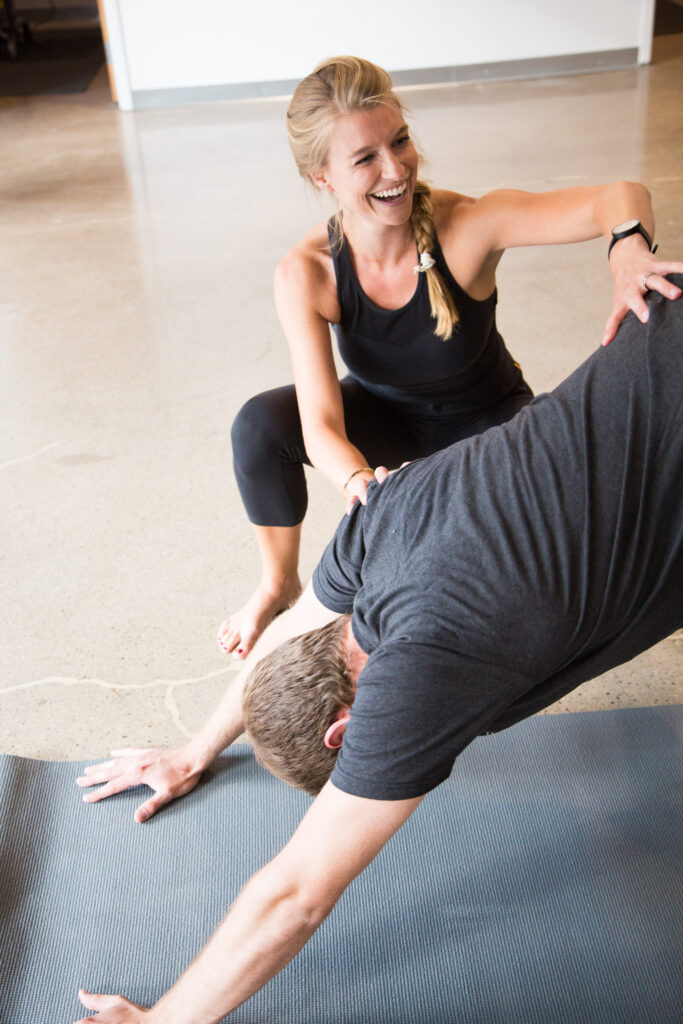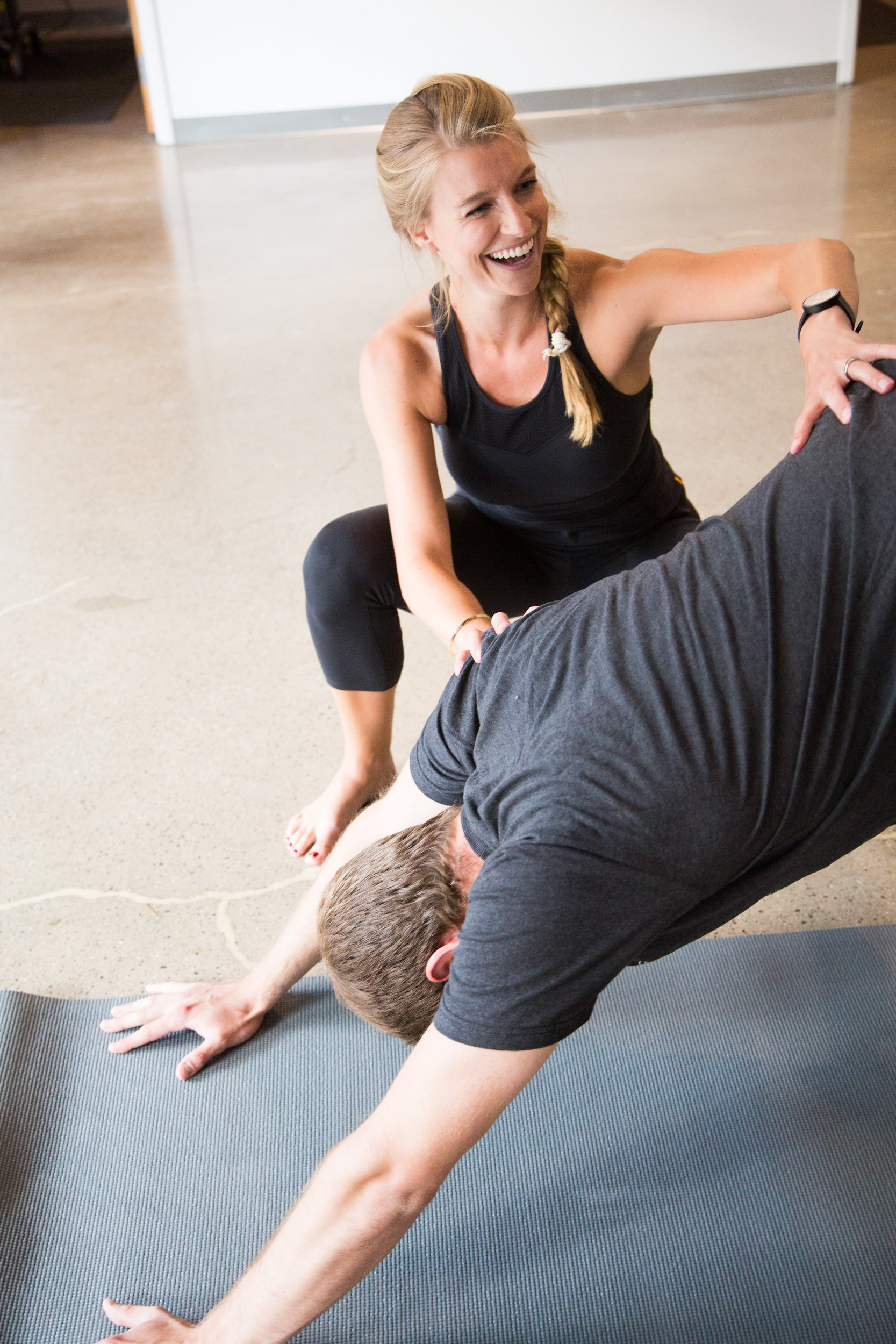Shoulder pain- At times we don’t know how bad it is until we get it. It can catch us off guard and take our breath away. All of the sudden it hurts to pull our pants up. Or we have a week where gradually reaching back for our seatbelt starts to become a painful task. Or we decide that we want to start swimming…and then decide it’s smart to do that every day when we weren’t doing any swimming prior. And boom! Shoulder pain strikes. It is no fun and it can feel like something is majorly wrong with our arm. Reaching upwards, across, and behind can be extremely uncomfortable.
One of the most common musculoskeletal conditions seen in primary care today is shoulder pain. There are a lot of reasons for the gradual onset of shoulder pain, but subacromial impingement syndrome (SIS) is the most prevalent of diagnosis. This is where the space between the humeral head (ball of your humerus/top of arm bone) and acromion process of the scapula (highest point on your shoulder blade) is reduced¹. This can lead to tissues being compressed in the subacromial space during different motions.

Subacromial impingement can occur for a variety of reasons. In the orthopedic physical therapy world, one of the things we look for is abnormal movement in the shoulder blade. This helps address muscle imbalances, which can be caused by muscle over-activity, imbalances in strength, pain, and fatigue².
Two muscle groups in particular, the trapezius and serratus anterior, are important players in healthy movement of the shoulder blade. A lot of times, patients with shoulder pain have over-activity of their upper trapezius muscle, and weakness found in their serratus anterior and lower and middle trapezius muscles². This happens commonly in our world of computers, stress, and sitting at an office desk for hours at a time.
Remember when a loved one or teacher would frequently comment on your posture? “Sit up tall, shoulders back”. Yeah, yeah, yeah. Well, they were actually helping you with your shoulder rehab plan and you (and probably them), didn’t even know it! Getting up frequently throughout your day (every 20-30 minutes), checking your posture, and avoiding slouching, are some great passive management techniques humans can do to take care of their shoulders and spine.
Recent research also shows that certain yoga poses help strengthen these wonderful shoulder stabilizing muscles². This is convenient since there are a lot of people practicing yoga and it is awesome. For all those yogi’s out there, locust arms forward, side plank, side angle, crow pose, and upward dog, are found to have increased activation of those lower and middle trapezius muscles². So, if you have healthy shoulders that you want to keep strong, keep on going, but remember to ease into yoga postures with good form.
This all sounds terrible, but the good news is – most patients with shoulder pain are successfully treated nonoperatively. That’s right, nonoperatively! Research shows that strengthening these scapular stabilizing muscles is recommended, but that exercise adherence is typically low. Physical therapists are here to help – we specialize in addressing these muscle imbalances, which is an essential component to someone’s rehab plan. A solid rehab plan is important, especially if your shoulder pain has persisted for some time.
You can check out my instagram (dpterin_motion) for some more basic scapular strengthening and mobility exercises to throw in throughout your workday. Dr. Kelly Davis, PT, also leads yoga class here at Motion on Wednesday nights, 6:30-7:30 pm. First class is free. Check our yoga schedule for details.
Works Cited
1 Baskurt Z, Baskurt F, Gelecek N, Ozkan MH (2011). The effectiveness of scapular stabilization exercise in the patients with subacromial impingement syndrome. J Back Musculoskelet Rehabil. 24:173-179.
² Chopp-Hurley et al. (2018). Scapular Muscle Activity During Static Yoga Postures. J of Orthopedic and Sports Physical Therapy. 48: 504-509.



